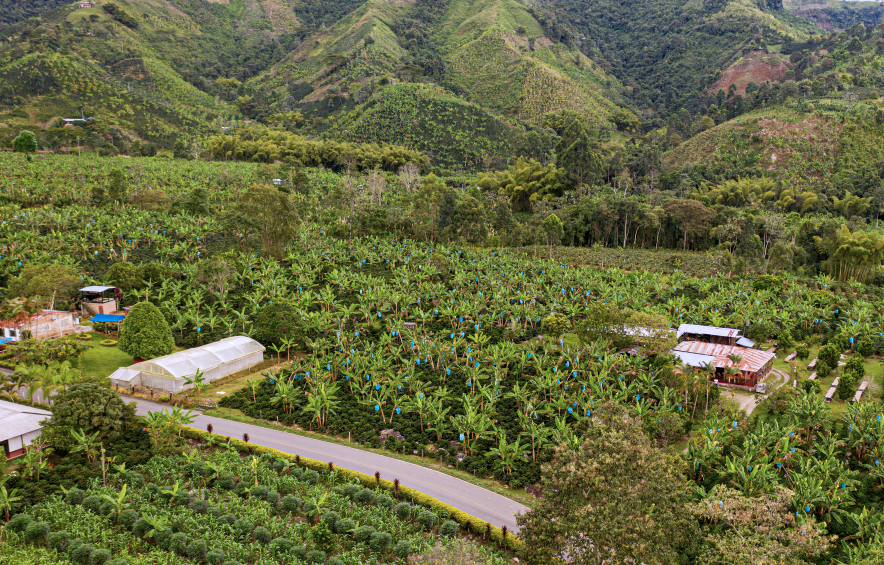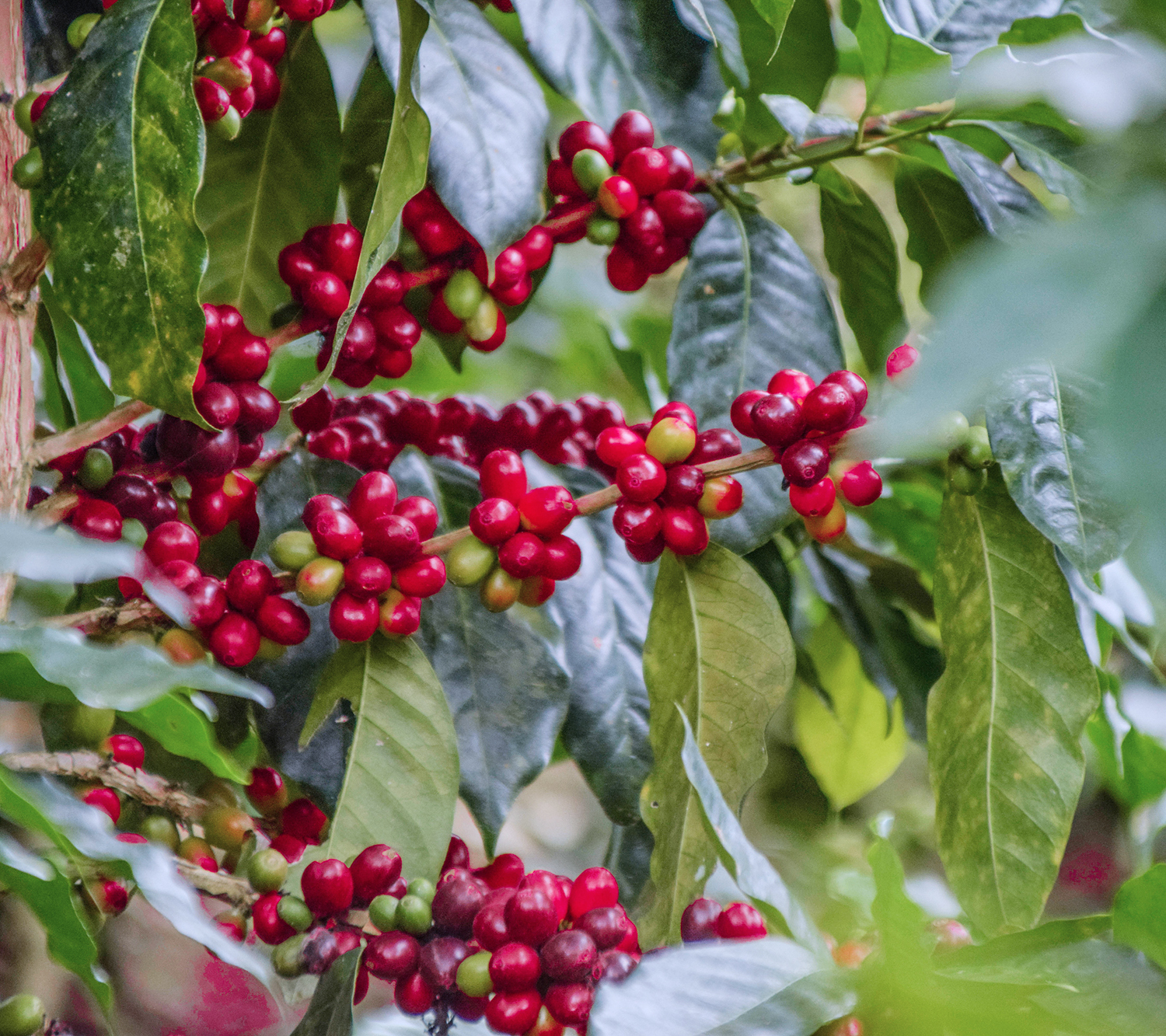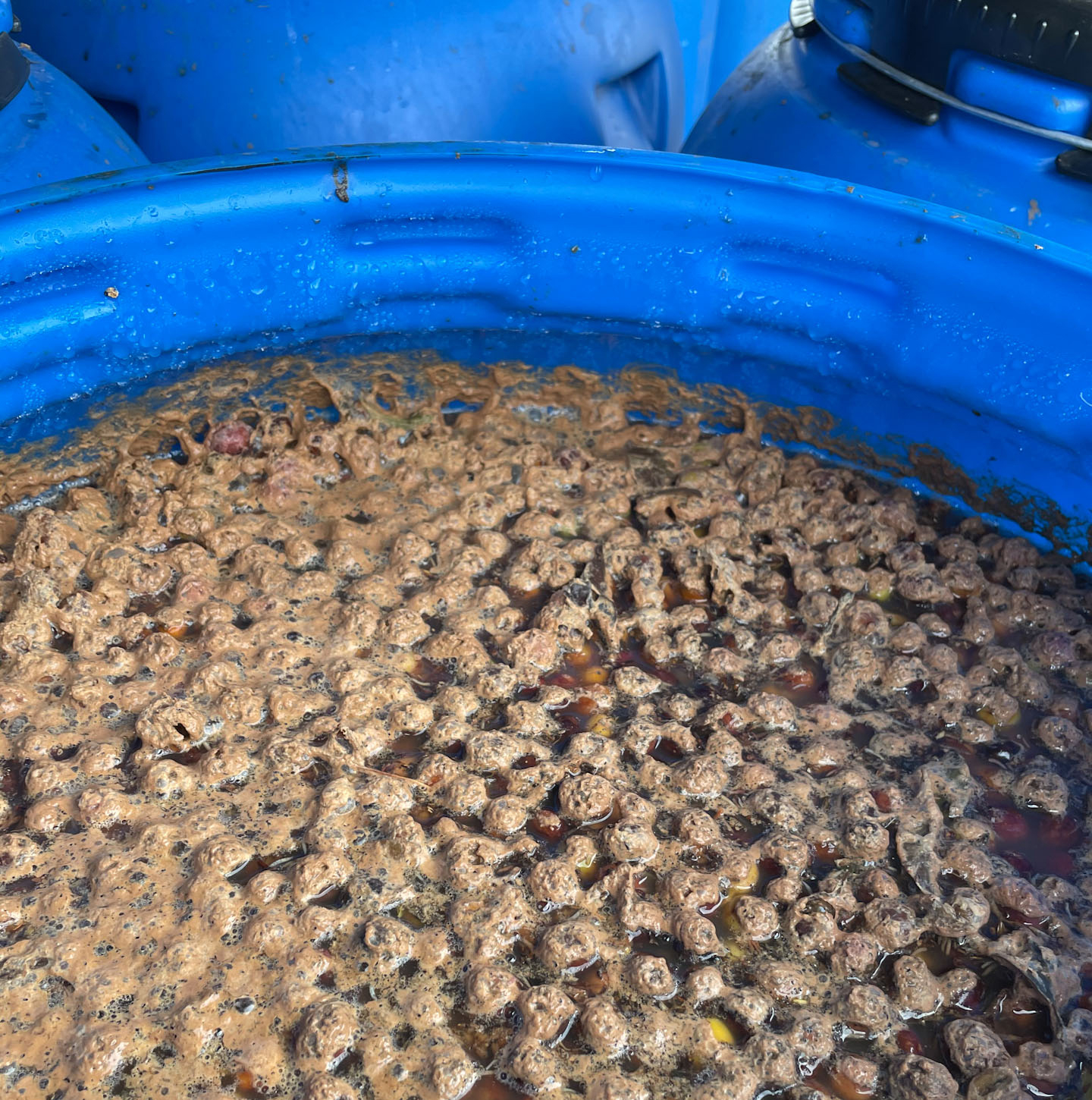







Colombia
250g
Cup Notes: Melon, Watermelon, Guava, Kiwi, Cucumber
This extraordinary coffee is a result of innovative protocols, in the course of which nitrogen is injected during fermentation to facilitate microbial metabolic processes, resulting in a delicate, sweet, and perfectly balanced cup that releases bold exotic fruit notes.
Suggested for espresso and filter
when we roast
We freshly roast to order all coffees on Monday, Wednesday and Friday (excluding national holidays), and ship the same day! Cut-off time is 11:59pm (UTC+1) of the day before the roast day. *We only ship whole beans*
Located in the heart of Pereira, Risaralda, against the stunning backdrop of Los Nevados National Park and the volcanic complex of Nevado del Ruiz, Finca Milán stands as a testament to Julio Cesar Madrid’s enduring passion for coffee. Since assuming ownership of the farm in 1982, Julio, a third-generation coffee producer, has cultivated Finca Milán into one of the farms in Café UBA, an alliance in Risaralda that also includes La Riviera and Buenos Aires, encompassing 60 hectares of rich loamy-clay soils.
Situated at elevations ranging from 1,400 to 1,800 masl in the Andean mountains, the farm benefits from an ideal climate with temperatures averaging between 21 and 28℃ and annual precipitation totalling 1800 mm, with the average the humidity level of 74%. Alongside traditional crops like plantains, corn, and beans, Finca Milán specializes in growing a diverse array of coffee varieties including Colombia, Castillo, Supreme, Caturra, Catiope, Pink Bourbon, and Red Bourbon.
The farm is also equipped with a state-of-the-art processing station under the UBA alliance, where Julio oversees meticulously executing processing with methods such as Natural, Honey, Washed, Double Fermentation, and Culturing.
Julio's dedication to innovation extends beyond traditional practices, in which he is influenced greatly by his daughter, a biologist who researched the sensory experience (Organoleptic properties) in connection with the use of microbial starter cultures in coffee fermentation, and she has helped Julio improve his processing methods. This lot is the result of such innovation, offering a unique flavour profile.

Caturra is a natural mutation of the Bourbon variety, discovered on a plantation in the state of Minas Gerais, Brazil, sometime between 1915 and 1918. This mutation, characterized by a single-gene causing dwarfism or compact growth, earned the variety its name, derived from the Guarani word meaning "small," also known as "Nanico."
Following the discovery of Caturra, selections were conducted by the Instituto Agronomico (IAC) of Sao Paulo State in Campinas, Brazil, starting in 1937. Breeders were particularly intrigued by Caturra's reduced size, allowing for closer plant placement, and its closely spaced secondary branches, facilitating increased fruit production within the same space. The selection process for Caturra, termed mass selection, involved choosing individuals based on superior performance, combining seeds from these plants to form a new generation, and repeating the process.
Although never officially released in Brazil, Caturra became prevalent in Central America. Introduced in Guatemala in the 1940s, widespread commercial adoption took another three decades. From Guatemala, it spread to Costa Rica, Honduras, and Panama. For many years, Caturra held significant economic importance in Central America, often serving as a benchmark against which new cultivars were tested. In Colombia, Caturra accounted for nearly half of the country's production until a government-sponsored program, starting in 2008, promoted the renovation of over three billion coffee trees with the leaf-rust-resistant Castillo variety, which has Caturra parentage.
Caturra played a role in the intensification of coffee cultivation in the region during the second half of the 20th century, marked by higher-density planting, often in full sun. Additionally, Caturra is recognized as one of the parent varieties in the so-called "Catimor" family of cultivars. Various lines of the coffee-leaf-rust-resistant Timor Hybrid were crossed with Caturra to produce a dwarf/compact plant with rust resistance.

The nitrogen fermentation starts with a selection of only ripe coffee beans.
When the coffee cherry is picked, the embryo inside the seed begins a metabolic process in preparation for germination. This process increases both the temperature and the exchange of fluids within the cherry, driven by the energy demand of the embryo.
Taking advantage of this process, the cherries are placed in a bag for 10 to 12 hours to accelerate the rise in temperature. At this stage, the bacteria present in the environment and on the cherries begin breaking down carbohydrates into sugars, which further increases the temperature.
Afterwards, the coffee is cooled in a tank with water at 8-10°C. Oxygen is removed from it and, instead, nitrogen is introduced.
The next step involves cleaning off the remaining mucilage, followed by several days of drying.
The beans are then stored in bags for one or two months. Before export, they are cleaned using a huller machine.
